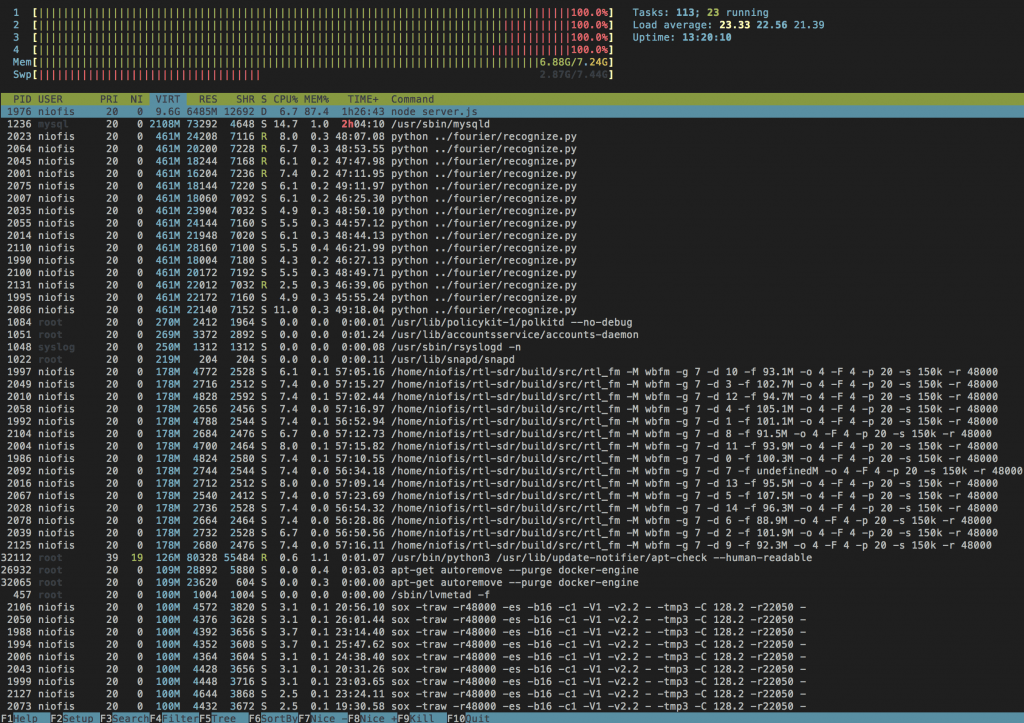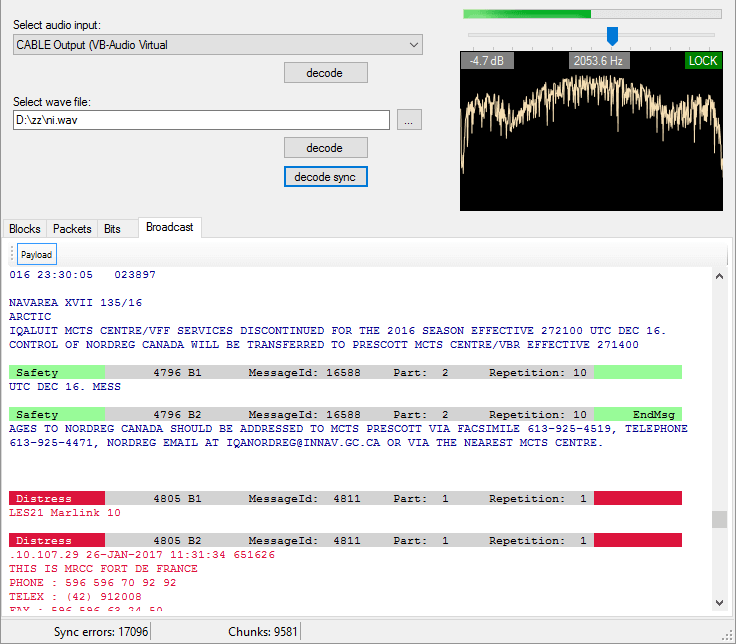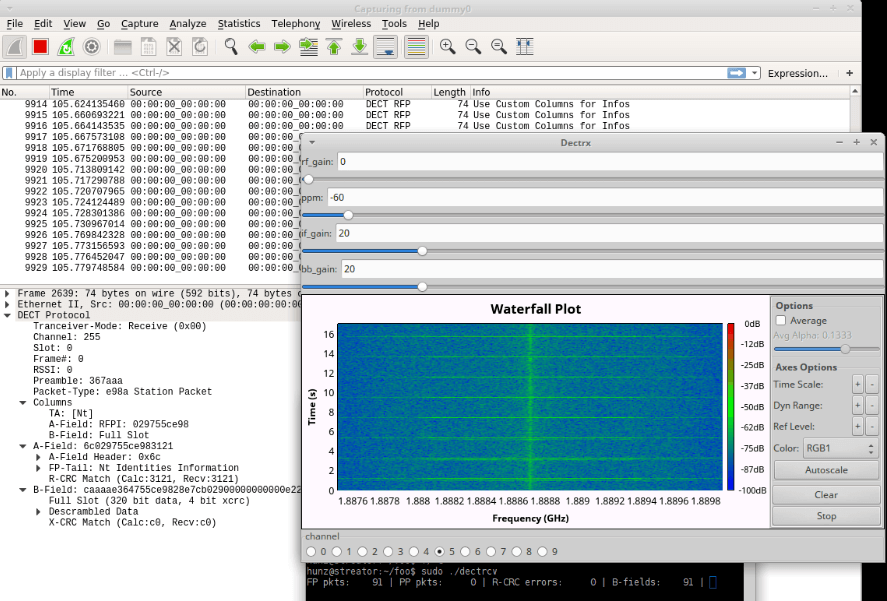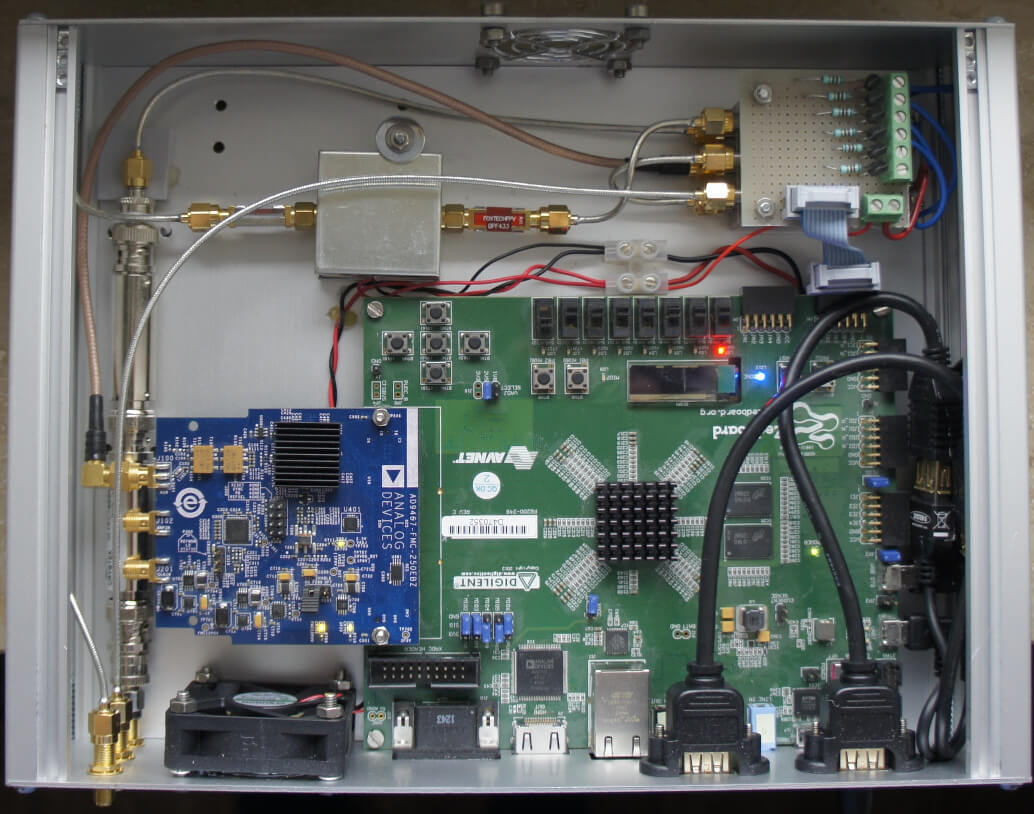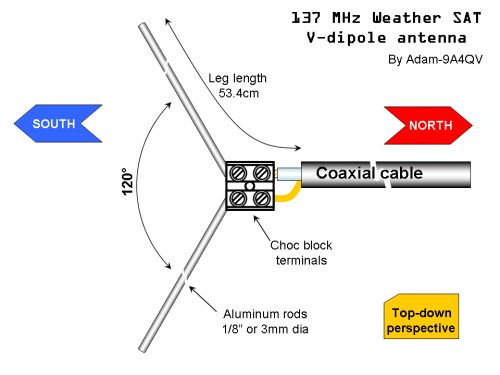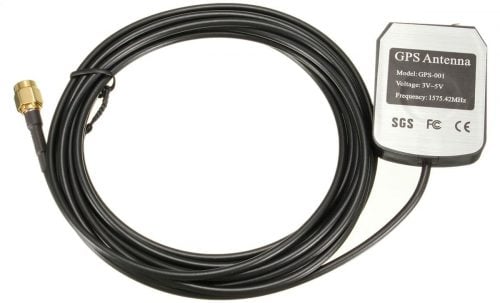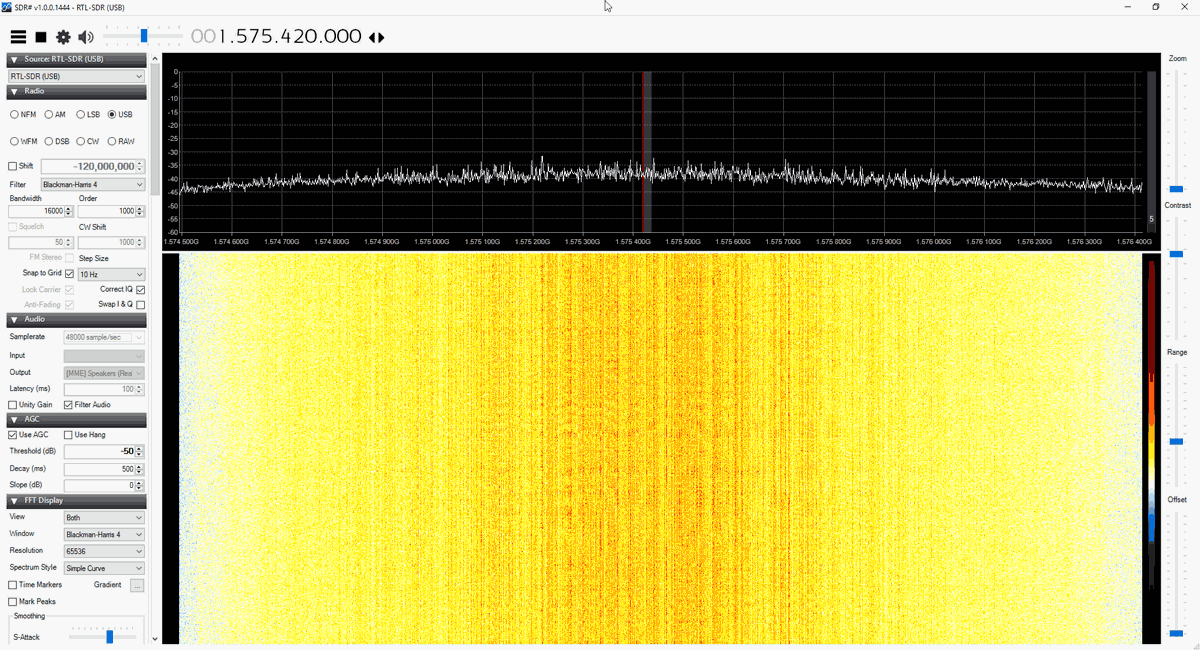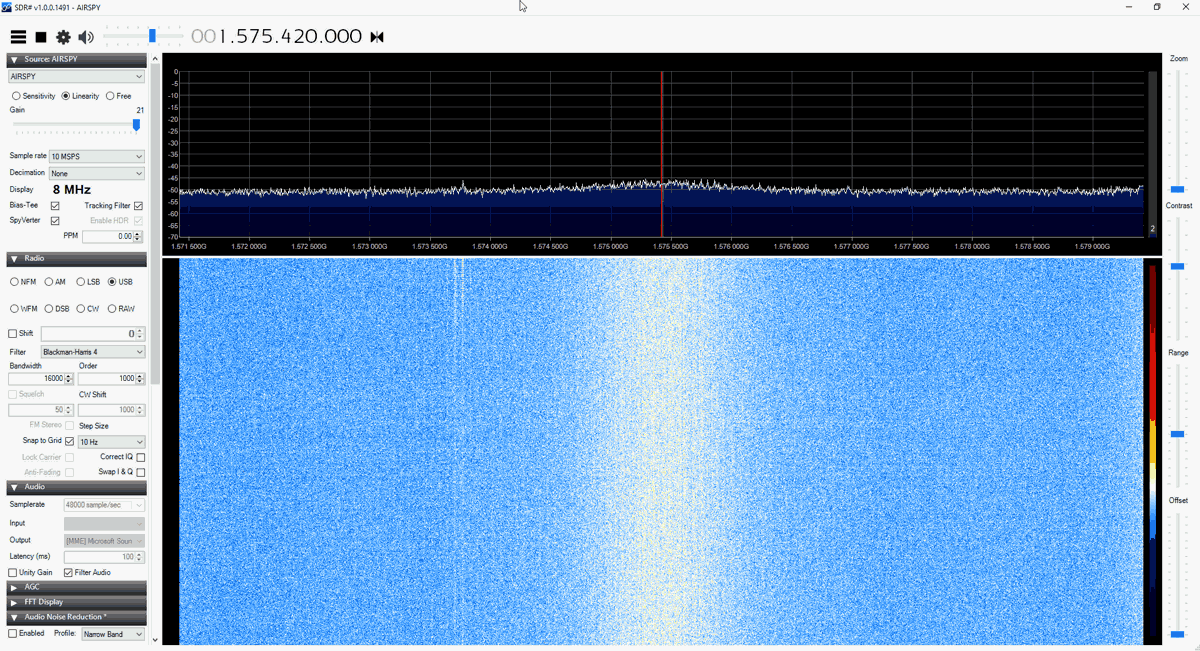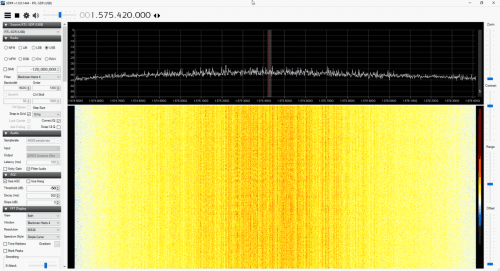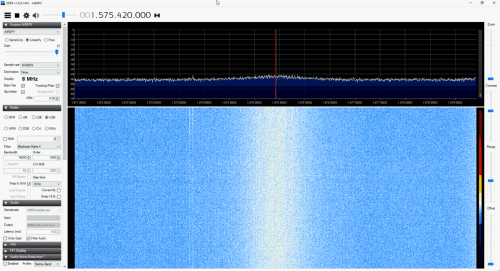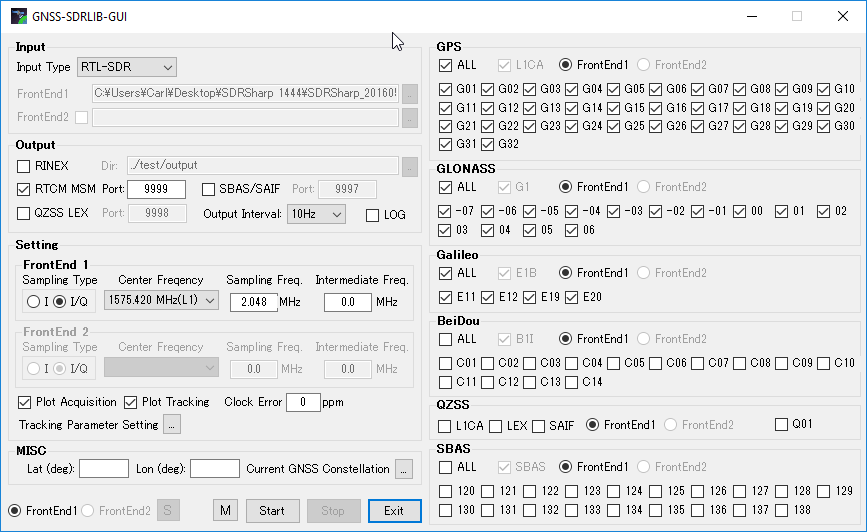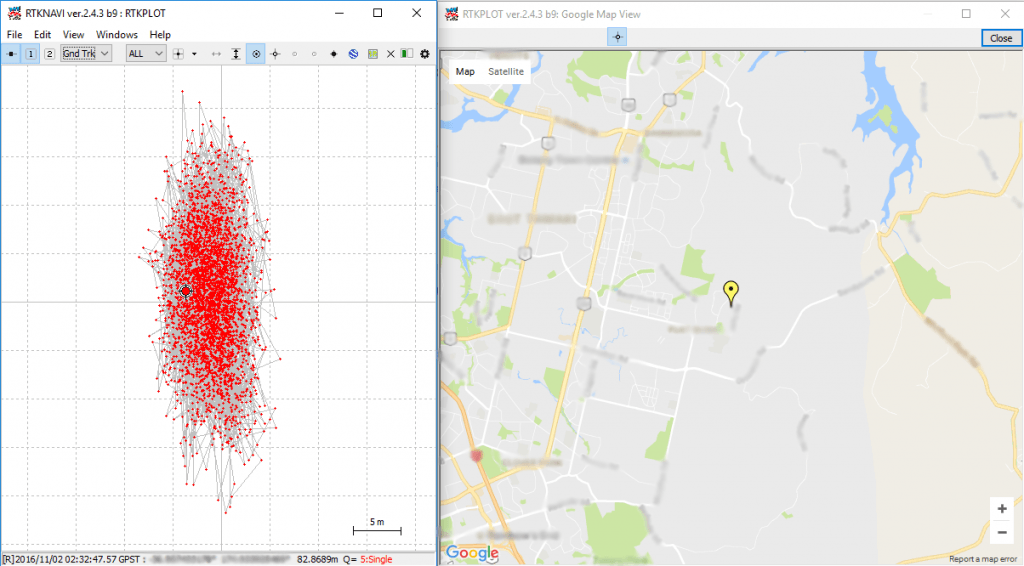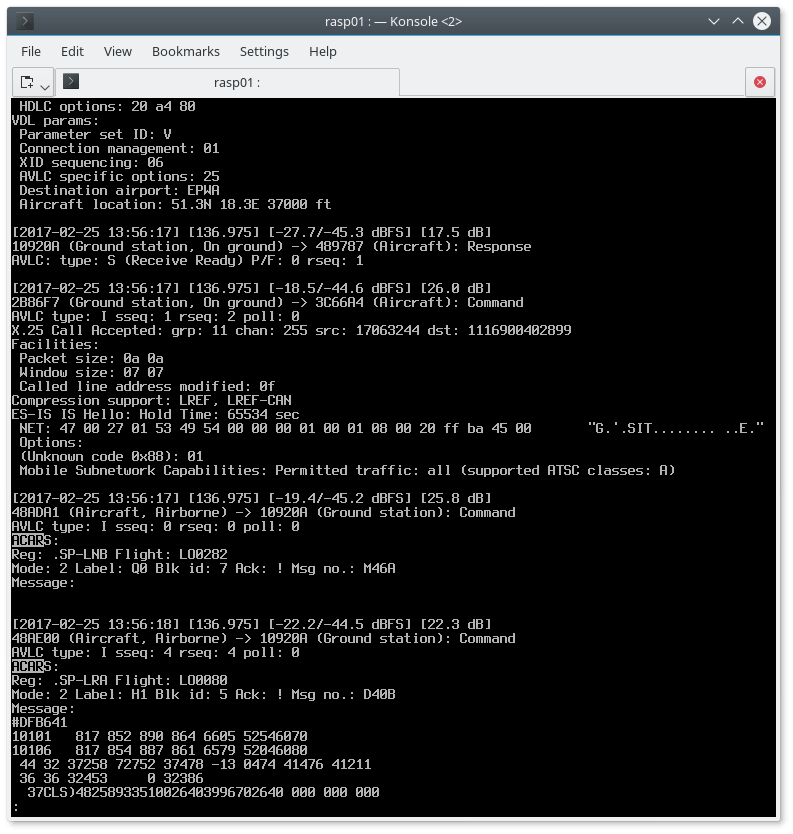Patching rtl_fm for use with 15+ RTL-SDR Dongles
Enrique is working on a project which would record FM audio as MP3 files. To do this he uses rtl_fm with several RTL-SDR dongles. However, a major roadblock was that he found that adding five or more dongles to his server resulted in all dongles with a USB index over 3 producing the error “Failed to submit transfer 4!”.
After trying to work around the problem with Docker and VMs and ultimately failing he decided to look into other solutions. He found that rtl_test had an option to force synced output, and with this option enabled he was able to use more than four dongles. So he ended up implementing that synchronization code into rtl_fm.
With that code implemented he is now able to run up to 15 dongles on a single server. A higher amount might still be possible, but Enrique did not have that many dongles to test.
If you’ve been experiencing this problem Enrique has uploaded a patched version of rtl_fm at https://github.com/niofis/rtl-sdr.
Update: On Keenerds branch he’s rejected a merge of this patch citing the following:
Synchronous mode doesn’t work. Rtl_fm used to use synchronous mode. It produced constant minor glitches that made data decoding impossible. Don’t use it.
The whole “many simultaneous dongles” problem is a well-known issue related to LibUSB. All you need to do is reduce the DEFAULT_BUF_NUMBER in librtlsdr.c and recompile.
